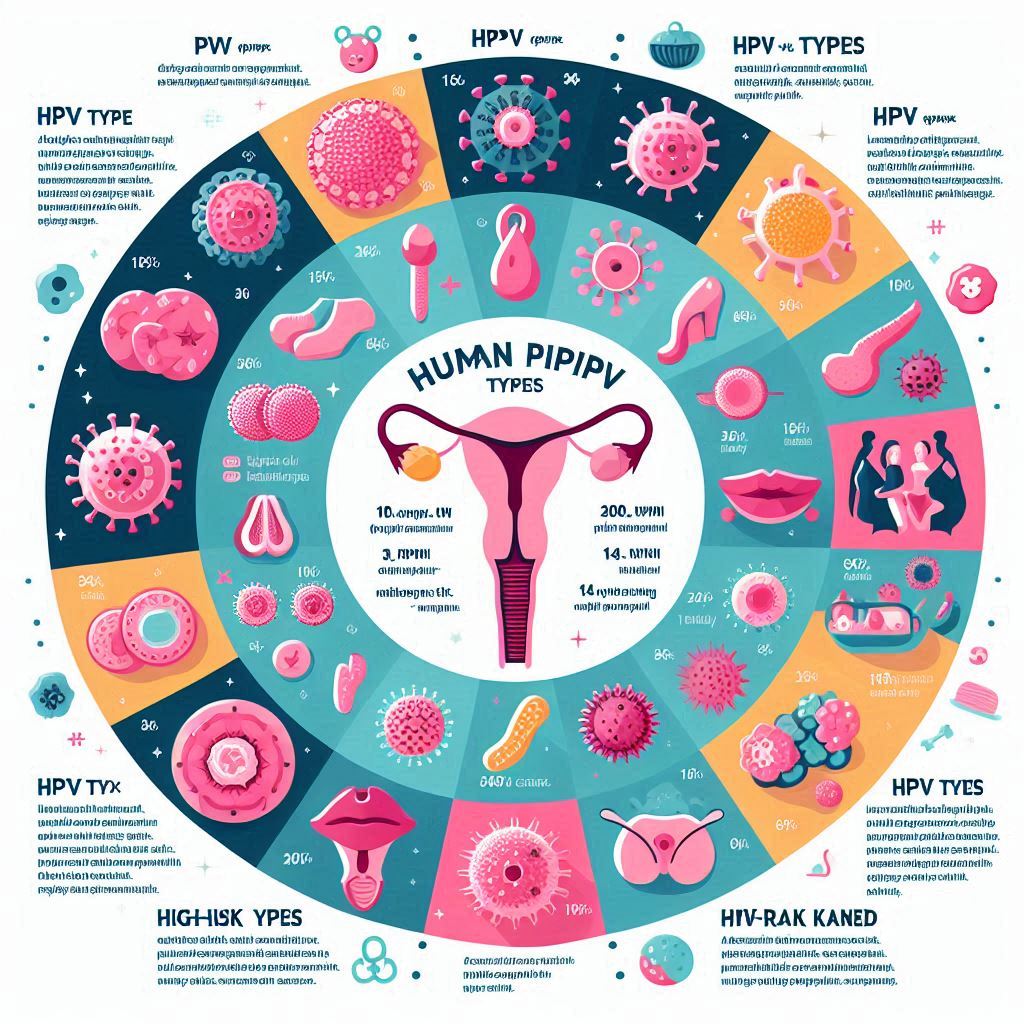What is HPV and Its Cancers: You Need to Know
Understanding HPV-Related Cancers: Cancer remains one of the most pressing health challenges around the globe. While there are many contributing factors to cancer, one significant infectious agent that has garnered attention is the Human Papillomavirus (HPV). This sexually transmitted virus is primarily known for its connection to cervical cancer, but its implications extend to several other types of cancers as well. This blog will explore HPV, the cancers associated with it, current prevention and treatment efforts, and what you can do to stay informed and safe. What is HPV? Human Papillomavirus (HPV) is a group of viruses that infect both men and women. There are over 200 types of HPV. Most types do not cause serious health problems. However, about 14 types are classified as “high-risk.” These high-risk types can potentially lead to various cancers. HPV and Cancer Why is HPV a Concern? The concern with HPV lies in the fact that many people who contract the virus do not show symptoms. This means that the virus can spread unknowingly, and individuals may not realize they are at risk of developing cancer until it is too late. High-risk HPV types have oncogenes, specifically E6 and E7, that interfere with the body’s ability to suppress tumors. They work by degrading important tumor suppressor proteins like p53 and pRb, allowing abnormal cells to grow and potentially form cancer. Current Efforts in Prevention and Treatment https://fuelforlife365.com/ Understanding the Biological Mechanisms Research has shown that HPV not only leads to cancer by disabling key cellular checkpoints, but it also alters various cellular processes involved in DNA repair, angiogenesis (formation of new blood vessels), and apoptosis (programmed cell death). Comprehensive analyses of genes involved in DNA repair reveal significant differences between HPV-positive and HPV-negative cancers, indicating that the virus influences how our cells respond to damage. What Can You Do? Being informed is the first step toward prevention. Here are some actions you can take: Conclusion HPV is a widespread virus that can lead to serious health consequences, including various types of cancer. By understanding how HPV works and staying proactive about vaccination and screening, you can protect yourself and encourage others to do the same. Together, we can contribute to a decrease in HPV-related cancers and promote better health outcomes for everyone. Take charge of your health and stay informed!

